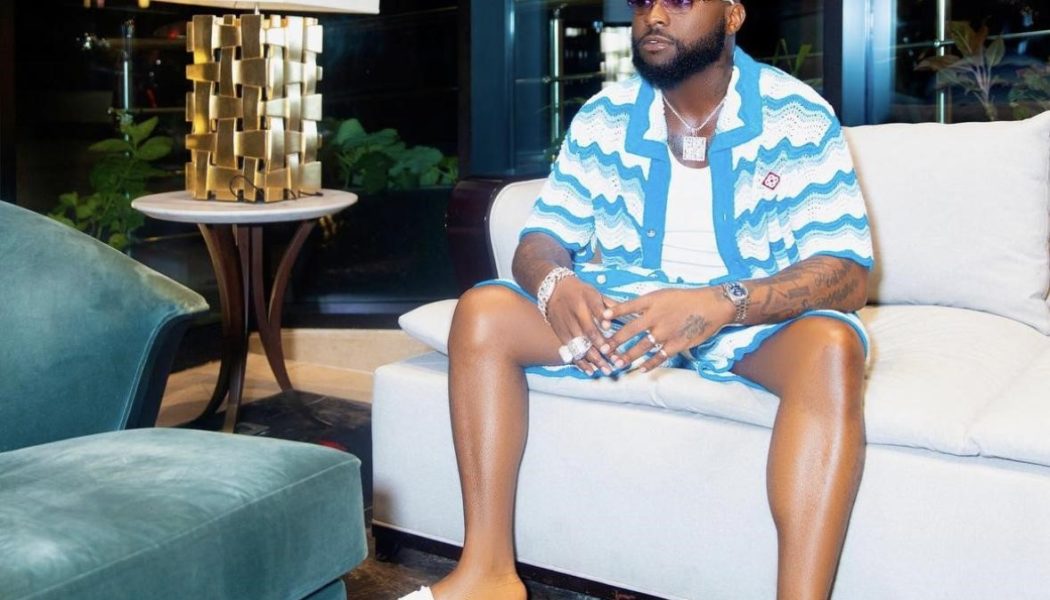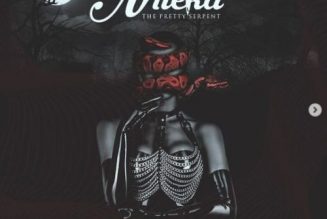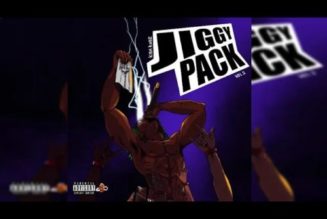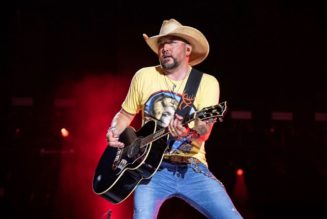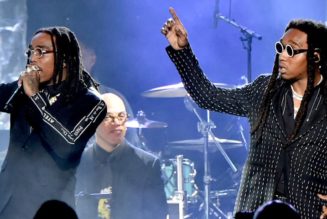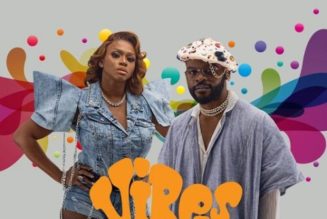
Nigeria, the most populous country in Africa, is home to a diverse array of musical styles and traditions ranging from traditional folk music to modern genres that blend African rhythms with Western influences.
With hundreds of ethnic groups across the country, Nigerian music has evolved to reflect the country’s history, culture, and social dynamics. While little is known about Nigeria’s music history before European contact, ancient bronze carvings from the 16th and 17th centuries have been discovered depicting musicians and their instruments, giving us a glimpse into the country’s musical past.
In this article, we will take a deep dive into the rich history of Nigerian music, tracing its origins and development through different eras and genres. Whether you’re a fan of Afrobeat, highlife, juju, or any other Nigerian musical style, join us on this journey to discover the fascinating story of one of Africa’s most vibrant music scenes.
Traditional Nigerian music has a rich history that dates back centuries and is closely linked to the cultural and social practices of the country’s different ethnic groups. From the rhythmic beats of juju and afrobeat to the soulful melodies of highlife and fuji, traditional Nigerian music offers a diverse and vibrant soundscape that reflects the country’s rich cultural heritage. Some of the most prominent types of traditional Nigerian music include:
The Yoruba people, mainly located in the southwestern part of Nigeria, have a rich musical tradition that includes genres such as sakara, apala, and juju. The music employs complex rhythms and harmonies and is played on a variety of instruments such as the talking drum, bata drum, agidigbo, and sekere.
Yoruba tunes are now a huge part of modern Nigerian music. This is because they were influenced by European, Islamic and Brazilian forms early on. These influences stemmed from the importation of brass instruments, sheet music, Islamic percussion, and styles brought by Brazilian merchants.
These multicultural traditions were brought together and became the root of Nigerian popular musics in which modern Yoruba artists now rap and sing in their native language.
The Igbo people, who are primarily found in the southeastern part of Nigeria, have a diverse musical heritage that includes genres such as highlife, igba, and ekwe. Igbo music typically features call-and-response singing, with a lead vocalist supported by a chorus, and is played on instruments such as the ogene, udu , and ekwe.
It is no secret that this type of music has had a major influence on modern Nigerian jams too!
The music of the Hausa people, primarily located in the northern region of Nigeria, includes genres such as kalangu, wasan, and shantu. Their music was influenced by Islam since the 14th century. Hausa music is known for its strong tradition of praise song vocals and intricate percussion instrument which features the use of the kora, goje, and duma.
In the 1970s, Nigeria saw the emergence of several popular music genres, including Afrobeat, juju music, and apala music.
Fela Kuti, blended highlife, jazz, and funk and featured lengthy songs that covered a range of genres. Kuti’s music also addressed societal concerns, such as government corruption, which was unusual for popular Nigerian music at the time.
Kuti’s band, Koola Lobos made the Afrobeat music genre so widely recognized throughout Africa. Along with Afrobeat, other genres like highlife, jazz, R&B and reggae, flourished during this period and this led to the emergence of many talented musicians.
In the 1980s and 1990s, Nigerian music saw the rise of new wave music, which incorporated electronic instruments into the traditional sound. This was a time when cultural production flourished alongside a new genre of music emerged that was heavily influenced by American rap and hip-hop music.
Young and energetic Nigerian musicians picked up this new genre of music and came together to form collectives and boy bands, such as Remedies, Boulevard, Twinax, Def-O-Clan, Trybesmen, 419 Squad, and Plantashun Boys.
Female musicians like Queen Change, Azeezat, and Funmi Olayode also began to make a name for themselves in the music industry. Overall, the 1980s and 1990s marked an exciting time for Nigerian music and set a stepping stone for modern Nigerian music.
Nigerian music has seen a global rise in popularity in the 21st century, with Afrobeats emerging as a dominant genre. This period saw the end of boy bands and the wave of individual artists who with their range of genres blended created unique sounds pushing Nigerian music to the world.
Musicians like Tuface Timaya, D’Banj, Wizkid and Davido Don Jazzy, MI Abaga, Ice Prince, and Jesse Jagz, 9ice and other musicians in this era became popular and also female musicians such as Yemi Alade, Tiwa Savage, Niniola, and Simi Ogunleye have also emerged as major players in the industry, contributing to the diverse and vibrant music scene in Nigeria.
In conclusion, Nigerian music has a rich and diverse history that spans centuries, with traditional music styles varying by ethnic group and region. The music industry has evolved, influenced by different cultures and social dynamics, resulting in a vibrant and unique music scene that has had a significant impact on African music.
From Fela Kuti and Afrobeat to the emergence of Afrobeats in the 21st century, Nigerian music has continued to innovate and push boundaries while staying true to its cultural roots. Also, the global popularity of Nigerian music has also highlighted the importance of cultural exchange and collaboration, with Nigerian artists collaborating with international artists to create exciting new sounds and expand the reach of Nigerian music beyond Africa.
Overall, Nigerian music is a vital part of African and global culture, representing the rich cultural heritage and diversity of Nigeria while contributing to the global music scene. Its continued growth and evolution ensure that Nigerian music will remain a force to be reckoned with in the music industry for years to come.
